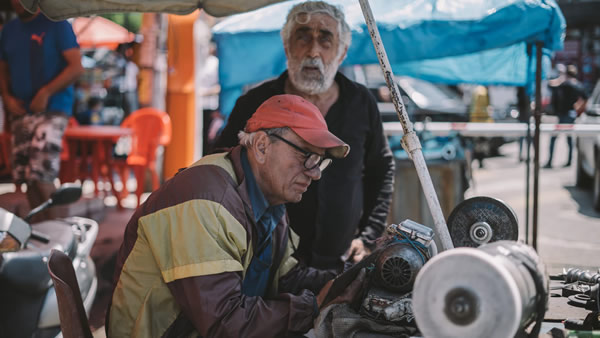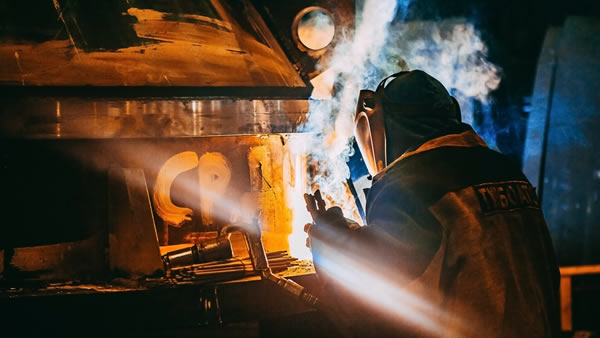Definition
When defining child labour, a distinction must made between work committed by children which does not affect their personal development, health or participation in school, and work that does. Examples of the first type of work are helping parents out at home, helping out in a family business or earning pocket money. These types of work are not considered harmful.
Child labour comprises the second type of work mentioned. The term “child labour” is often defined as “work that deprives children of their childhood, their potential and their dignity, and that is harmful to physical and mental development.” The definition refers to work that is mentally, physically, socially or morally dangerous and harmful to children, as well as work that interferes with their schooling. Whether particular types of work and activities may be classified as child labour, depends on the child’s age, the type and hours of the work performed, the conditions under which the labour is performed and the objectives pursued by individual countries.
Legislation
The International Labour Organisation (ILO) has adopted two fundamental conventions dedicated specifically to the topic of child labour. The ILO Convention No. 138 on the minimum age for the admission to employment and work sets standards for ‘minimum age for admission to employment or work’. The ILO Convention No. 182 on the worst forms of child labour was adopted in 1999 to abolish the ‘worst forms of child labour’ as soon as possible. Article 3 of the Convention defines particular types of child labour as being ‘the worst forms of child labour’. These forms receive priority and should immediately be eliminated. Work classifies as a worst form of child labour (i) when it takes the form of slavery or a practice similar to slavery, such as sale and trafficking of children, forced labour or the recruitment of children in armed conflict, (ii) when it takes the form of prostitution or pornography, (iii) when it takes the form of using a child for illicit activities such as production and trafficking of drugs, and (iv) when the work is hazardous. ‘Hazardous work’ jeopardises the physical, mental or moral well-being of a child due to the nature of the work or the conditions under which the work is committed. The ILO Convention No. 182 is the first and only ILO Convention to be ratified by all member states.1
Fundamental Principles and Rights at Work
The ILO Declaration on Fundamental Principles and Rights at Work recognises child labour as one of the fundamental labour rights. This means all member states must respect and promote this principle and right, whether or not they have ratified the relevant Conventions.2 Additionally, the abolition of child labour is the fifth principle of the Labour Standards of the United Nations Global Compact and is referred to in the United Nations Guiding Principles on Business and Human Rights. The responsibility for companies to contribute to the abolition of child labour has also been included in the OECD Guidelines for Multinational Enterprises.
Human rights
The United Nations Convention on the Rights of the Child recognizes the right of children to be protected from economic exploitation in article 32, and the right to an education in article 28. The Sustainable Development Goals (SDG) repeat the necessity of an education in Goal 4 and prohibit and eliminate the worst forms of child labour in Goal 8.7. Goal 8.7 also formulates the aim to have ended child labour in all its forms by 2025.
Regional context
In a regional context, the European Union has prohibited child labour under Directive 94/33/EC of 22 June 1994 on the protection of young people at work. The European Social Charter aims to protect children in the working environment in article 7. The right to education is broadly recognised, for example in article 2 of the Protocol to the European Convention on Human Rights and in article 17 of the African Charter on Human and Peoples' Rights.
1 https://www.ilo.org/ipec/facts/ILOconventionsonchildlabour/lang--en/index.htm
2 https://www.ilo.org/declaration/lang--en/index.htm






